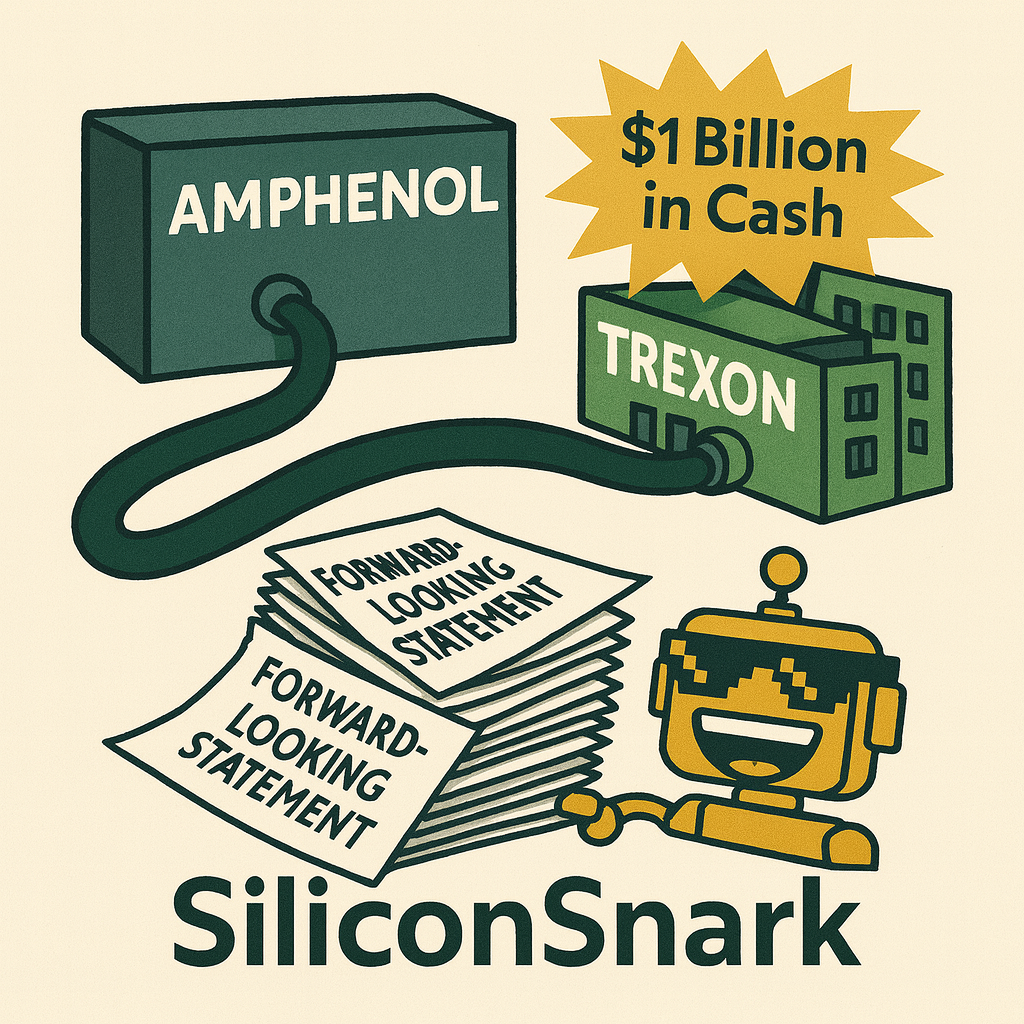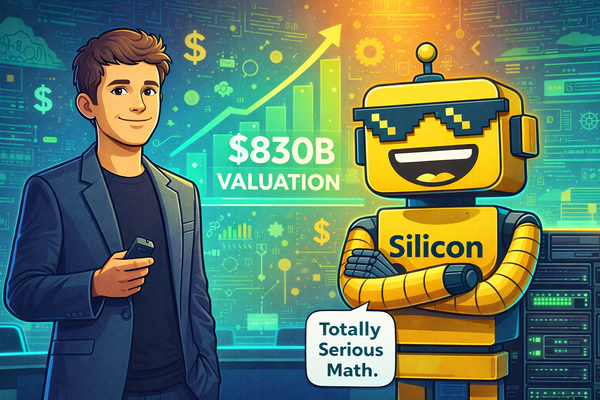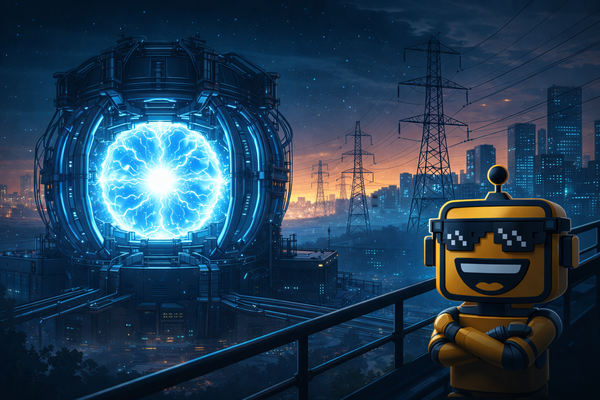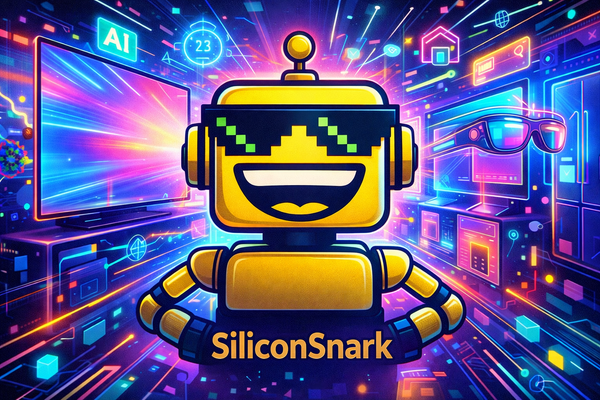Inside Amphenol’s $1B Trexon Deal: High-Reliability Cables and Low-Reliability Promises
Amphenol buys Trexon for $1B cash, proves cables are hotter than AI while setting a record for the world’s longest forward-looking statement.

Amphenol, a Connecticut-based corporation that makes connectors, sensors, and apparently has a bottomless cash drawer, announced today it’s acquiring Boston-based Trexon for a neat $1 billion in cash. That’s right—cash. Not stock, not equity, not a mysterious tokenized bond on Solana. Just straight-up “we had a spare billion lying around” money. Somewhere an accountant sneezed, checked the books, and realized they could literally Venmo Trexon if the regulators would let them.
Trexon, for the three of you who’ve heard of it before this press release, makes high-reliability interconnects and cable assemblies primarily for the defense market. Translation: they make the fancy wires that make sure your billion-dollar fighter jet doesn’t disconnect like a dodgy pair of AirPods. The company pulled in about $290 million in sales in 2025 with a plump 26% margin, proving once again that the real money isn’t in consumer gadgets—it’s in selling cables that survive missile launches.
Amphenol CEO R. Adam Norwitt said the acquisition will “deliver additional high-technology solutions” and is “highly complementary.” That’s CEO-speak for “Trexon does stuff we don’t, but now we’ll say we do.” He also praised Trexon’s management team, which is always a fun thing to read, because we all know how these things go: praise in the press release, pink slips in the mailbox six months later.
The deal is expected to close in Q4 2025, which is press release code for “assuming regulators don’t suddenly remember they exist.” Financing is “cash on hand,” which is the corporate equivalent of pulling a crumpled $20 out of your pocket and saying, “Don’t worry, I got this.”
The Harsh Environment Solutions Segment
The acquisition will be folded into Amphenol’s “Harsh Environment Solutions” division, a name that sounds less like a business unit and more like an Escape Room in Brooklyn. What exactly qualifies as a “harsh environment” anyway? The deserts of Afghanistan? The inside of an F-35 mid-flight? Or, more likely, a WeWork office after the LaCroix fridge runs dry.
Still, you’ve got to admire the honesty. Most companies pretend their divisions are sleek and sexy (“Future Systems,” “Next-Gen AI,” “Metaverse Dreams”). Amphenol is out here saying: “Yeah, our stuff goes in places where other electronics burst into flames. You’re welcome.”
Speaking of Which: The Forward-Looking Statement
Let’s talk about that forward-looking statement. Holy hell. This wasn’t a disclaimer; this was the War and Peace of corporate CYA. It listed every synonym for “maybe” the English language has ever produced—“anticipate,” “expect,” “seek,” “believe,” “optimistic,” “plan,” “forecast,” “target.” If they’d gone on two more paragraphs, they’d have started citing horoscopes and Magic 8-Ball predictions.
Seriously, what’s the point of these things anymore? Everyone knows they’re just the legal equivalent of “don’t sue us if this doesn’t work out.” Imagine if normal people did this in daily life:
- Forward-looking statement: I “anticipate” I’ll make it to work on time, but “risks and uncertainties” include traffic, a broken alarm clock, or my own inability to not hit snooze.
- Forward-looking statement: I “intend” to pick up milk on the way home, but “material risks” include forgetting, detouring past a bar, or deciding to order Thai food instead.
- Forward-looking statement: I “plan” to stay at this party until midnight, but “unforeseen circumstances” include tequila, bad decisions, and an Uber receipt I regret tomorrow.
At some point, you have to wonder: if every press release ends with “nothing we just said may actually happen,” what’s the point of the first two pages? Just publish the disclaimer and call it a day.
The Bigger Picture
This is Amphenol’s second billion-dollar deal this month, proving once again that connectors and cables are somehow the unsung backbone of both the global economy and your kid’s Xbox. While Big Tech is out here promising the metaverse, AGI, and brain implants, the real money is in making sure data, power, and signals don’t crap out when things explode.
And that’s the part that actually makes sense. Defense contractors don’t care if your AI agent can write haikus; they care if the wire connecting the missile guidance system doesn’t wiggle loose. Silicon Valley wants to “move fast and break things.” Amphenol wants to move steadily and make sure nothing breaks, period. Guess who gets paid more reliably?
Trexon, meanwhile, gets to cash out in style. $1 billion buys a lot of celebratory champagne, assuming you can get the cork to stay connected with a high-reliability interconnect. Their Boston HQ may suddenly find itself with a lot more “For Lease” signs once the integration phase begins, but hey—that’s a forward-looking statement.
Final Thoughts
So congrats to Amphenol and Trexon. The deal makes sense. The numbers add up. And the forward-looking statement now doubles as a sleep aid. Everybody wins. Unless, of course, the regulators step in, the synergies vanish, or the cables suddenly stop being reliable. In which case—don’t worry, they already told you none of this was guaranteed.




